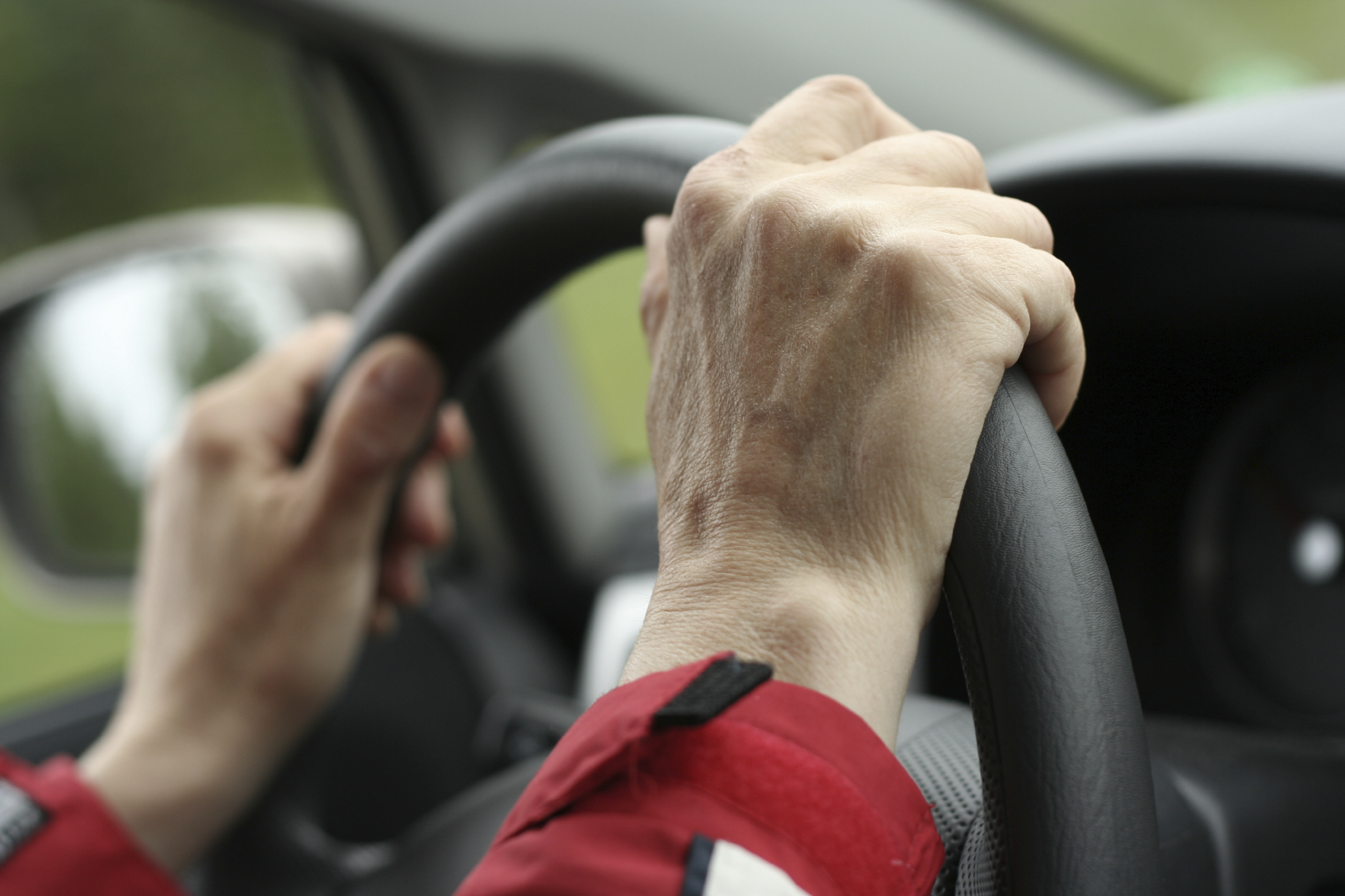
New figures, however, suggest that older motorists are just as keen on luxury and performance.
In 2014 people over 50 spent £7.6bn on new cars, which is more than £6 of every £10 of new car spend in the Britain and they were around twice as likely to opt for a Porsche, Mini or Jaguar than the general population.
Car ownership by this age group has been rising steadily since 2000 and this rise has been particularly dramatic for those over 75 as people in Britain live longer, healthier lives, allowing them to keep driving for longer.
DVLA figures show that over four fifths (83%) of people between the ages of 50 and 59 hold a driving licence, 81% of those aged between 60 and 69 and 62% of people over 70. Polling carried out by Saga in December reveals that almost nine out of 10 over 50s drive regularly and 80% of people in their 80s still regularly drive.
The findings come in a report by the Centre for Economics and Business Research (Cebr) for Saga Motor Insurance. Cebr examined a range of spending categories such as the price of new and used vehicles, the cost of spare parts and maintenance, fuel, insurance, road tolls and parking.
Currently, the typical over 50s household spends £311 per month on motoring and although fuel bills have fallen, their costs are rising for spare parts and maintenance.
Roger Ramsden, chief executive of Saga Services, commented: “Too often the focus of the manufacturers and their advertisers is on young drivers, but our survey shows they are missing a trick. To be successful in the future they need to develop new cars that meet the needs of older drivers, but this does not mean compromising style or performance.
“Older drivers still enjoy the thrill of diving whatever their budget; our survey shows that they are twice as likely to buy a Porsche or more than one and a half times more likely to buy a mini than the car buying public as a whole.
“Perhaps this generation should be known as the baby vroomers because they have grown up with cars as an essential part of life and know what they like.”

Enjoy the convenience of having The Sunday Post delivered as a digital ePaper straight to your smartphone, tablet or computer.
Subscribe for only £5.49 a month and enjoy all the benefits of the printed paper as a digital replica.
Subscribe